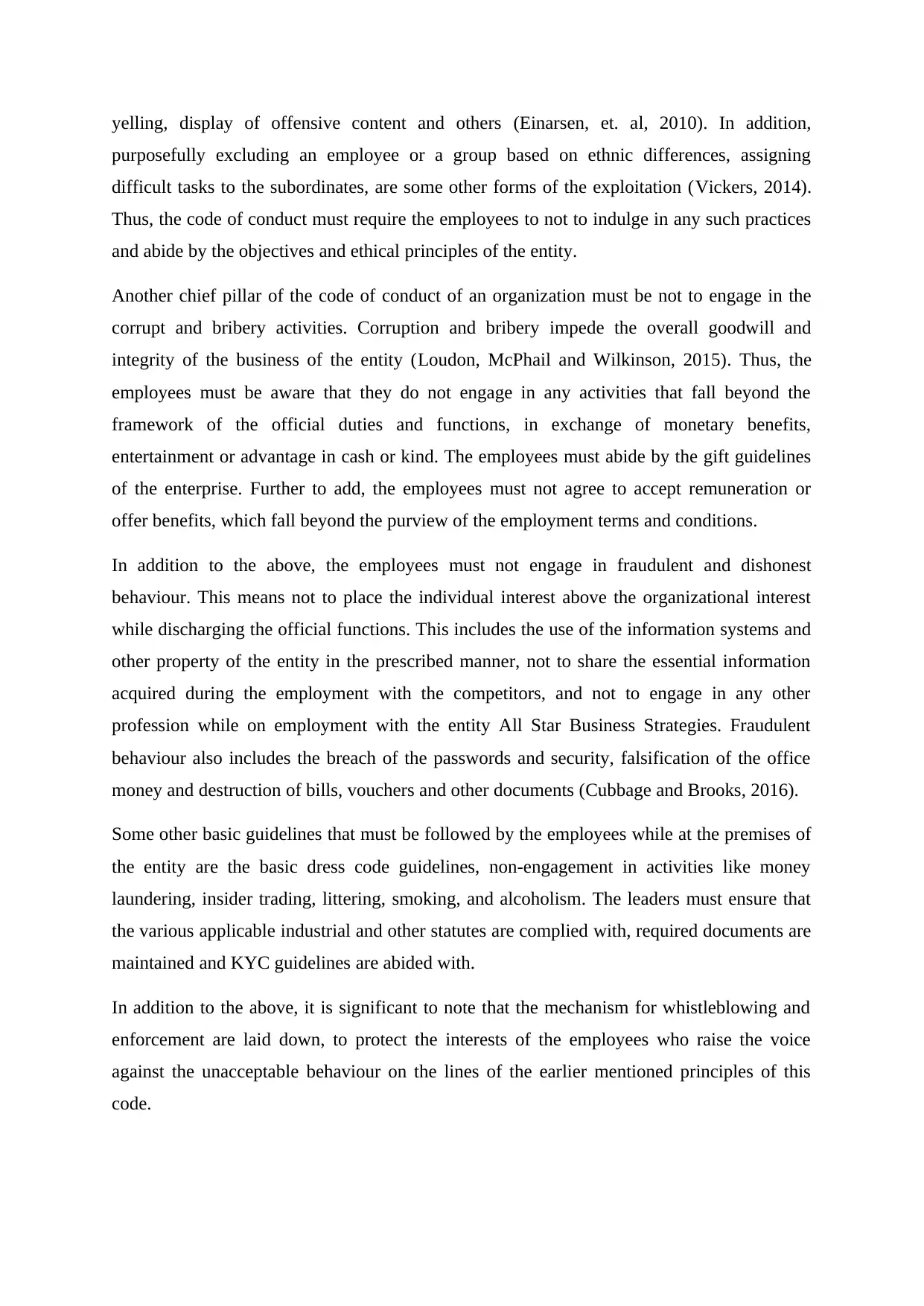COMM1380 - Code of Conduct: AllStar Business Strategies Memo
VerifiedAdded on 2023/04/21
|4
|1088
|269
Report
AI Summary
This memo, addressed to the senior management of AllStar Business Strategies from the HR Manager, discusses the importance of a comprehensive code of conduct in the workplace. It addresses concerns raised by employees and aims to align organizational practices with the highest professional and ethical standards. The memo highlights key components such as creating a discrimination-free environment with equal opportunities and mutual respect, preventing exploitation, harassment, and bullying, and avoiding corrupt and fraudulent activities. It also emphasizes the importance of adhering to basic guidelines like dress code, and compliance with industrial statutes. Furthermore, the memo stresses the need for a whistleblowing mechanism to protect employees who report unacceptable behavior, ultimately concluding that a well-defined code of conduct is essential for fostering a healthy and competitive work environment.
1 out of 4










![[object Object]](/_next/static/media/star-bottom.7253800d.svg)